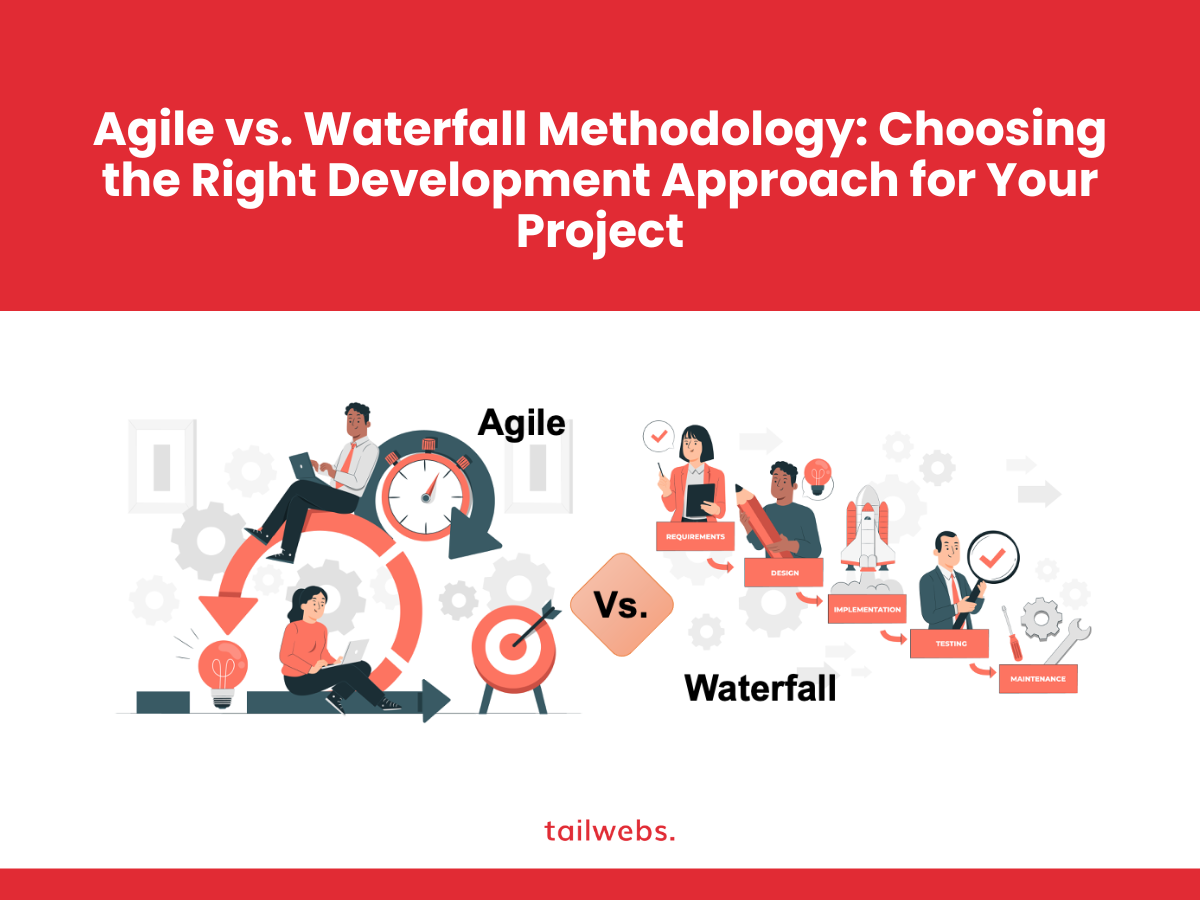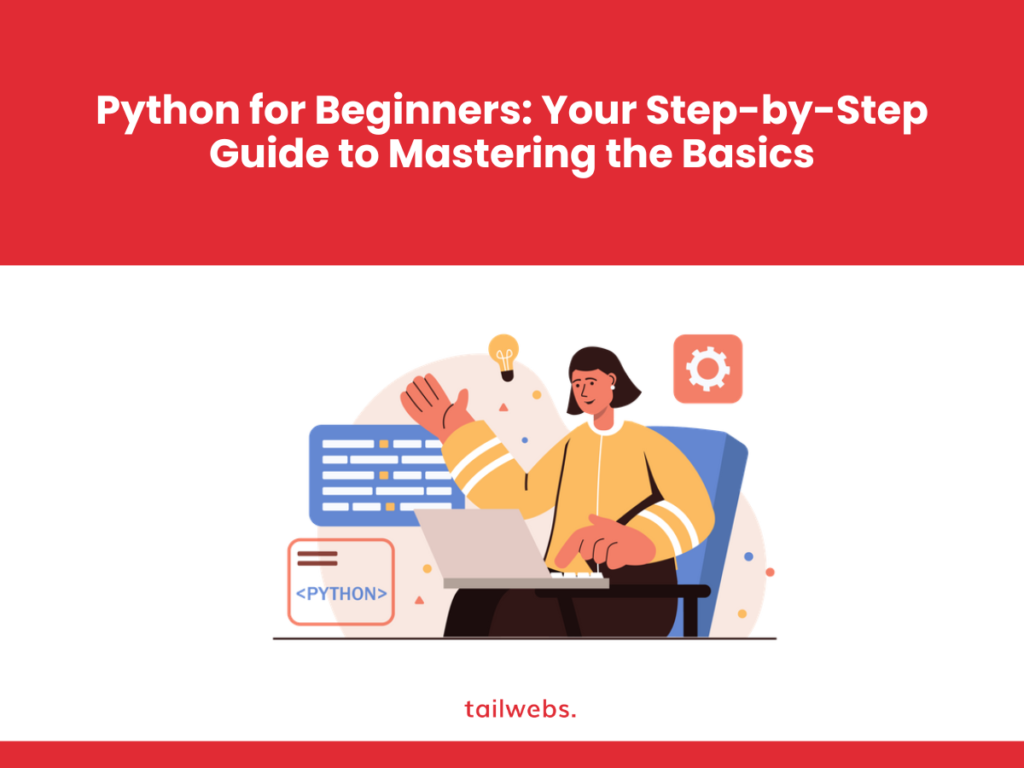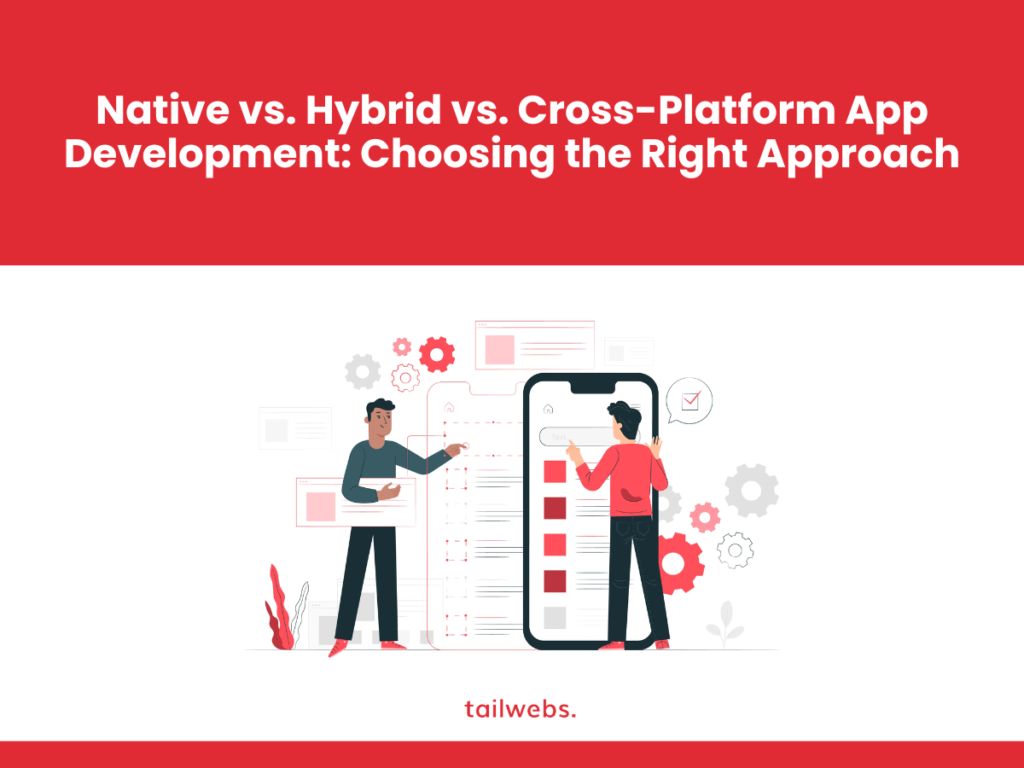Agile vs. Waterfall Methodology: In the fast-paced world of software development, choosing the most effective methodology is critical for project success. Two prominent methodologies dominate the landscape: Agile and Waterfall. Each offers distinct advantages and disadvantages, making the selection process crucial. This comprehensive guide delves into the core principles, strengths, and weaknesses of Agile and Waterfall, empowering you to make an informed decision for your next project.
Waterfall Methodology: A Structured, Sequential Approach
Imagine a majestic waterfall cascading down a series of cliffs. The Waterfall methodology mirrors this concept, following a linear, step-by-step approach to software development.
Clear Phases:
Waterfall projects are divided into distinct phases, such as requirements gathering, design, development, testing, and deployment. Each phase must be completed sequentially before moving on to the next.
Detailed Planning:
Extensive planning occurs at the outset, with meticulous documentation outlining project scope, features, and deadlines.
Limited Flexibility:
Once a phase is complete, changes are challenging and costly to implement. The rigid structure is less adaptable to evolving requirements or unforeseen challenges.
Strengths of the Waterfall Methodology
Clear Roadmap:
The structured approach provides a well-defined roadmap for the project, fostering transparency and predictability.
Suitable for Well-Defined Projects:
For projects with clearly defined requirements and minimal change expectations, Waterfall excels in streamlining development and ensuring project completion within budget and timeframe.
Strong Documentation:
The emphasis on documentation facilitates knowledge transfer and project continuity, especially beneficial for large teams or long-term projects.
Drawbacks of the Waterfall Methodology
Limited Adaptability:
The rigid structure struggles to accommodate changes in requirements or technology advancements that may arise during the development process.
High Initial Investment:
The upfront planning and documentation requirements can be time-consuming and resource-intensive.
Potential for Late-Stage Defects:
Since testing occurs towards the end of the development lifecycle, identifying and resolving critical defects at later stages can be expensive and time-consuming.
Agile Methodology: Embracing Change and Iteration
Agile stands in stark contrast to the Waterfall approach. It emphasizes flexibility, collaboration, and iterative development.
Short Iterations:
Agile projects are broken down into smaller, time-boxed sprints (typically 1-4 weeks). Each sprint focuses on delivering a functional set of features.
Continuous Feedback:
Agile fosters continuous feedback loops throughout the development process. Stakeholders are actively involved, providing feedback on deliverables after each sprint.
Adaptability:
Agile embraces change. New requirements or emerging technologies can be readily incorporated into subsequent sprints, ensuring the project remains aligned with evolving needs.
Strengths of the Agile Methodology
Flexibility and Adaptability:
Agile readily adapts to changing project requirements or market demands, making it ideal for projects with uncertain scopes or evolving technologies.
Faster Time to Market:
By delivering functional features in short sprints, Agile allows for early feedback and faster product releases.
Improved Customer Satisfaction:
Continuous stakeholder involvement ensures the final product aligns with their needs and expectations, leading to higher satisfaction.
Drawbacks of the Agile Methodology
Heavy Reliance on Communication:
Effective communication and collaboration are paramount for Agile projects to succeed.
Potential for Scope Creep:
The emphasis on flexibility can sometimes lead to scope creep, where additional features are continuously added without proper planning or prioritization.
Documentation Challenges:
Agile tends to favor working code over extensive documentation. This can pose challenges for onboarding new team members or maintaining long-term project knowledge.
Choosing the Right Methodology: A Project-Centric Approach
The optimal development methodology hinges on several factors specific to your project. Here’s a framework to guide your decision-making process:
Project Scope:
For projects with well-defined, unchanging scopes, Waterfall might be a suitable choice. However, if the scope is likely to evolve, Agile’s flexibility offers significant advantages.
Project Requirements:
If the requirements are clearly understood upfront, Waterfall can efficiently translate them into a concrete development plan. In contrast, Agile is better suited for projects with evolving or uncertain requirements.
Project Timeline:
Waterfall projects excel at delivering projects within a predefined timeframe, assuming requirements remain constant. Agile, on the other hand, provides faster delivery of core functionalities through iterative sprints.
Team Structure and Culture:
Agile thrives in collaborative environments where teams are comfortable with continuous change and feedback. Waterfall, however, might be more suitable for teams accustomed to structured, well-defined processes.
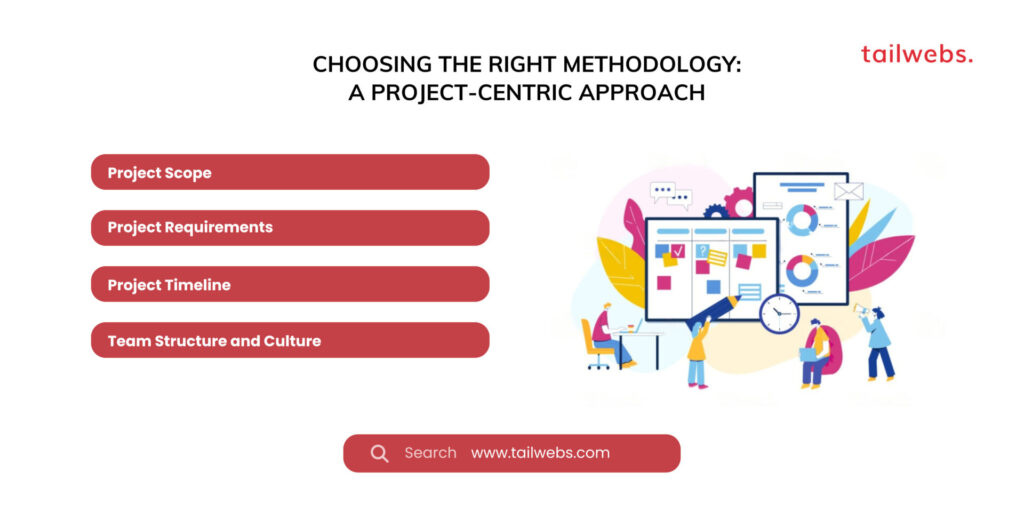
Beyond Waterfall and Agile: Hybrid Approaches
The software development landscape isn’t limited to a strict binary choice between Agile and Waterfall. Many projects successfully leverage hybrid approaches, combining elements from both methodologies to suit their specific needs. Here are some common hybrid models:
Phased Agile:
This approach breaks the project down into larger phases, similar to Waterfall, but utilizes Agile practices within each phase. Requirements gathering and high-level planning might occur upfront in a Waterfall-style phase, followed by iterative development cycles within each subsequent phase.
Agile with Inception:
This model incorporates an initial planning phase inspired by Waterfall, where core requirements and project vision are established. The project then transitions into Agile sprints for development and delivery.
Waterfall with Agile Sprints:
In this variation, the overall project follows a Waterfall structure, but specific development tasks within a phase are executed using Agile sprints. This allows for controlled flexibility within the broader Waterfall framework.
Deciding on the most suitable hybrid approach requires careful consideration of project needs, team dynamics, and risk tolerance.
Emerging Trends in Project Management Methodologies
The world of software development is constantly evolving, and project management methodologies are no exception. Here are some recent trends gaining traction:
DevOps:
This philosophy emphasizes collaboration and communication between development, operations, and security teams throughout the entire project lifecycle. DevOps tools and practices streamline software delivery and foster a culture of continuous improvement.
Lean Startup Methodology:
Popularized by Eric Ries, this approach emphasizes rapid experimentation, building a minimum viable product (MVP), and gathering user feedback to iterate and improve the product quickly.
Kanban:
A visual project management system that utilizes boards and cards to represent tasks and their workflow stages. Kanban promotes continuous flow and focuses on limiting work in progress (WIP) to optimize efficiency.
Understanding these emerging trends can empower you to select the most effective approach for your project and stay ahead of the curve in the ever-changing software development landscape.
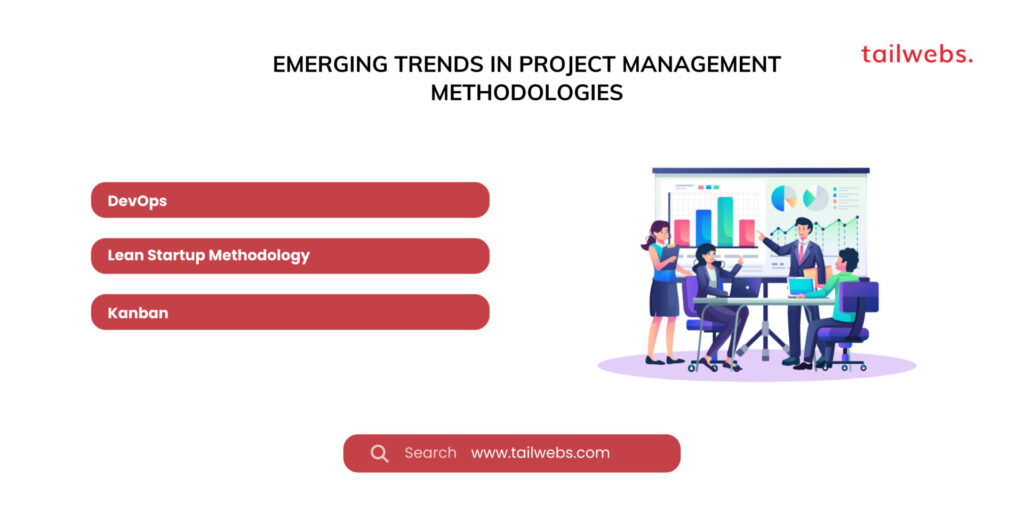
The Agile vs. Waterfall Debate: Finding the Right Fit
Ultimately, the debate between Agile and Waterfall isn’t about which methodology is inherently superior. It’s about selecting the approach that best aligns with your project’s specific requirements, team dynamics, and risk tolerance. By carefully evaluating the strengths and weaknesses of each methodology, and considering the project context, you can make an informed decision that sets your project up for success.
Remember, the optimal development methodology is not a one-size-fits-all solution. By thoughtfully considering your project’s unique characteristics and leveraging the valuable insights presented in this guide, you can make an informed decision and embark on your development journey with confidence.

